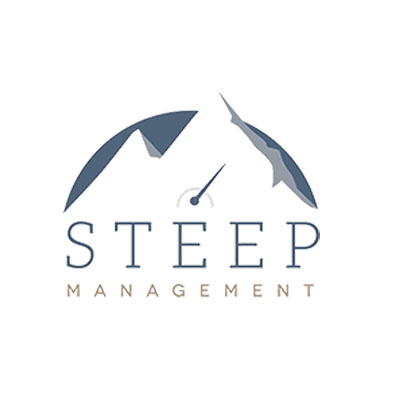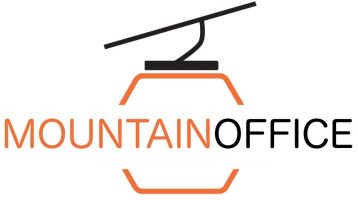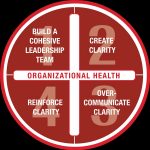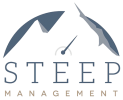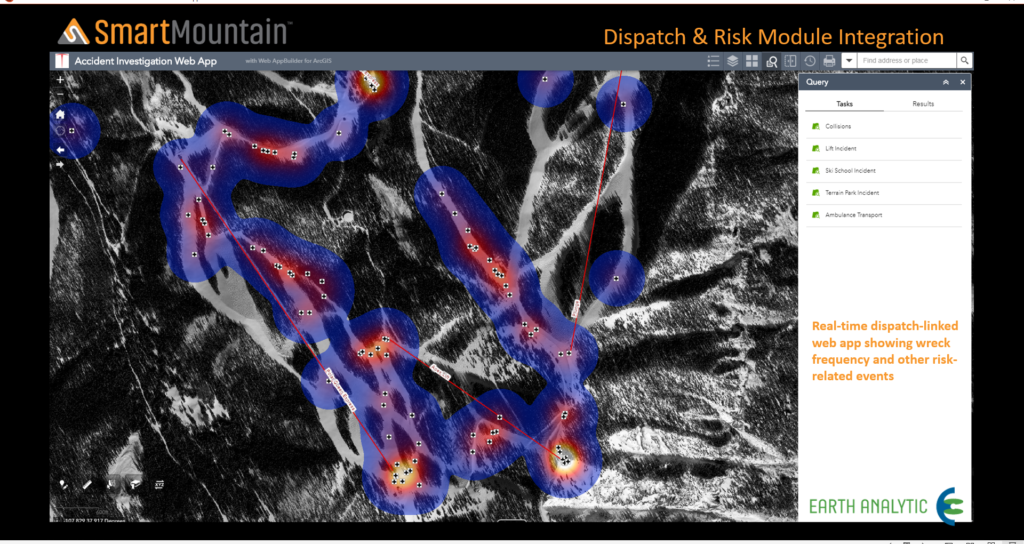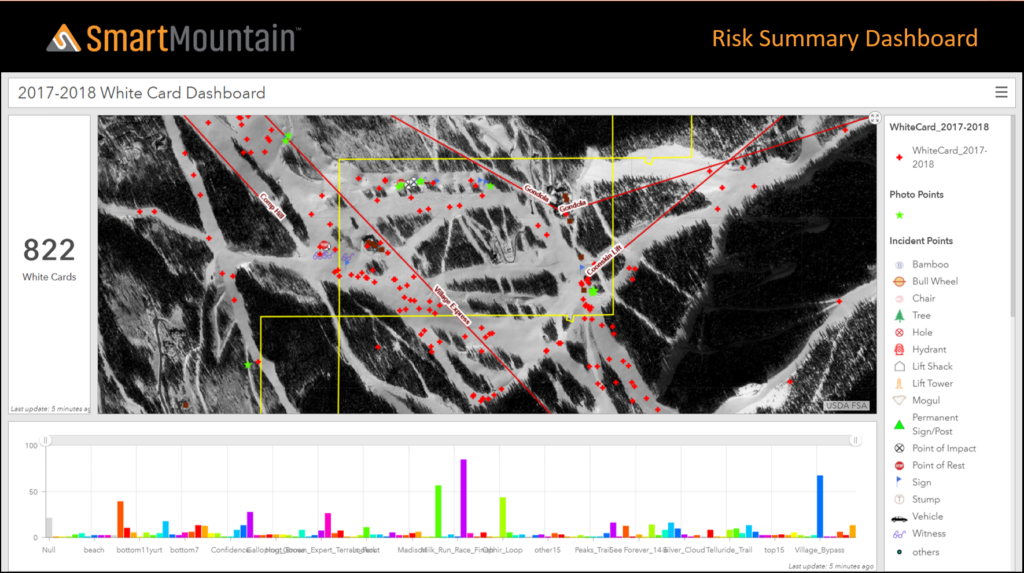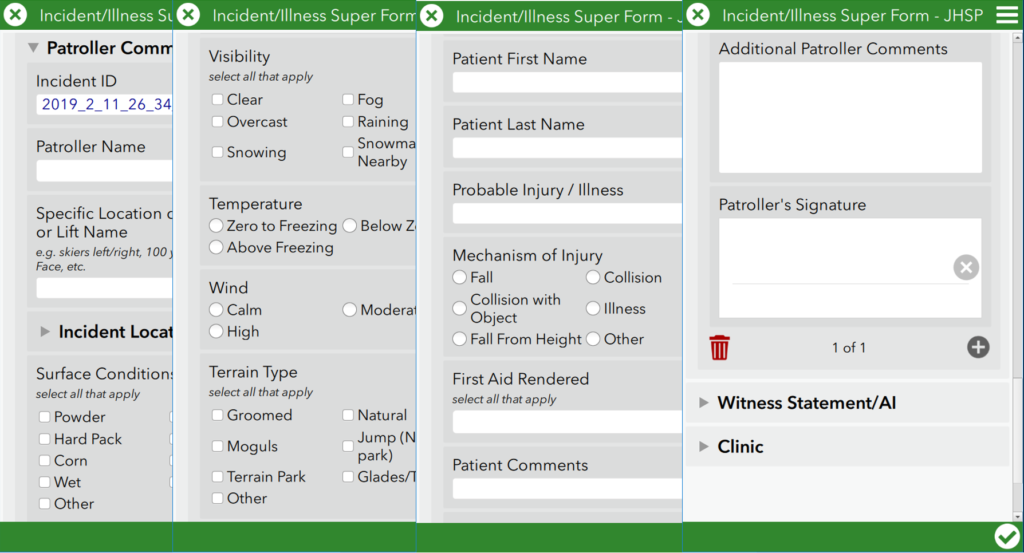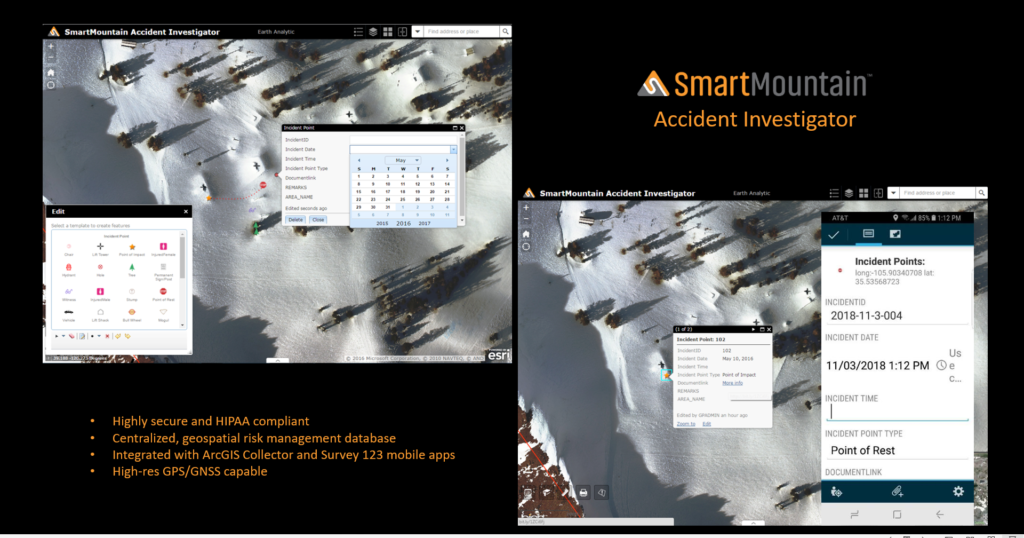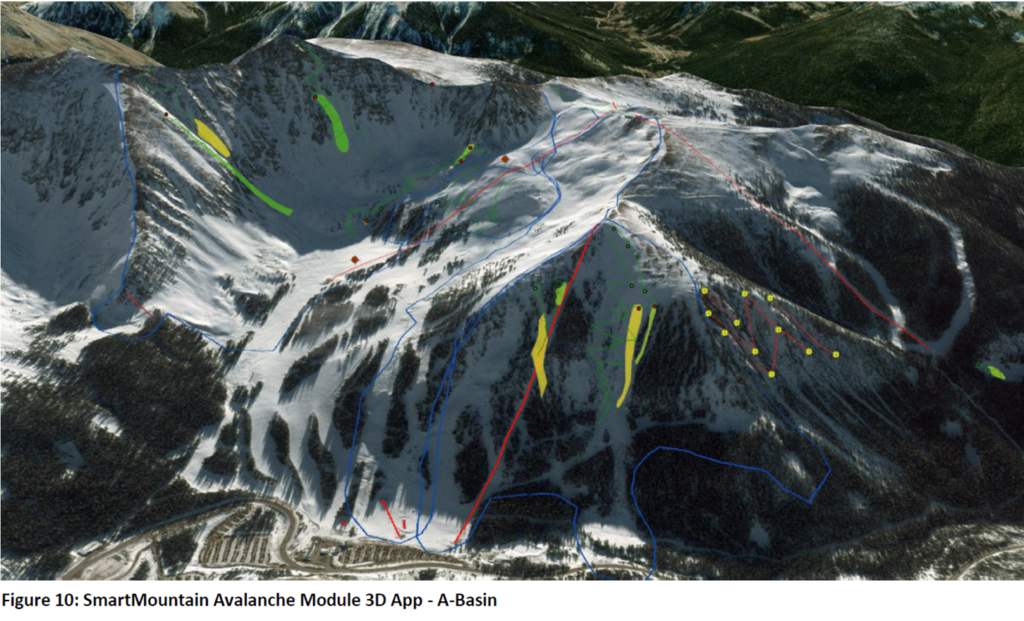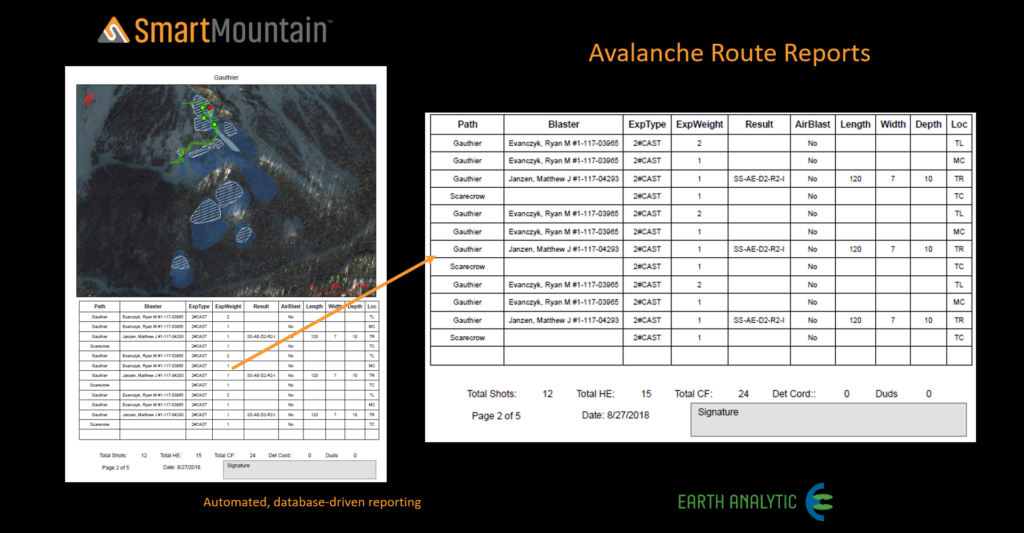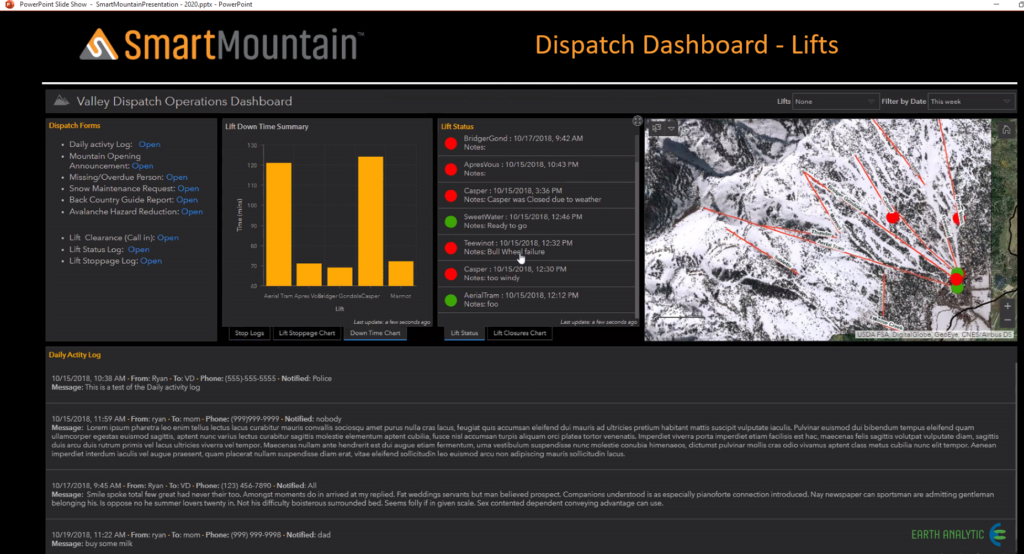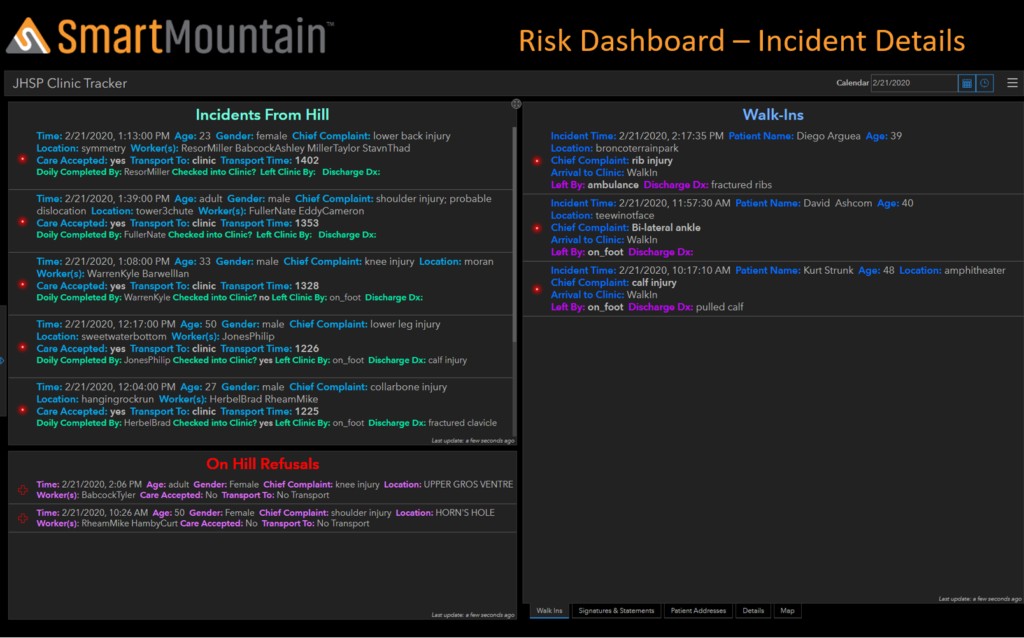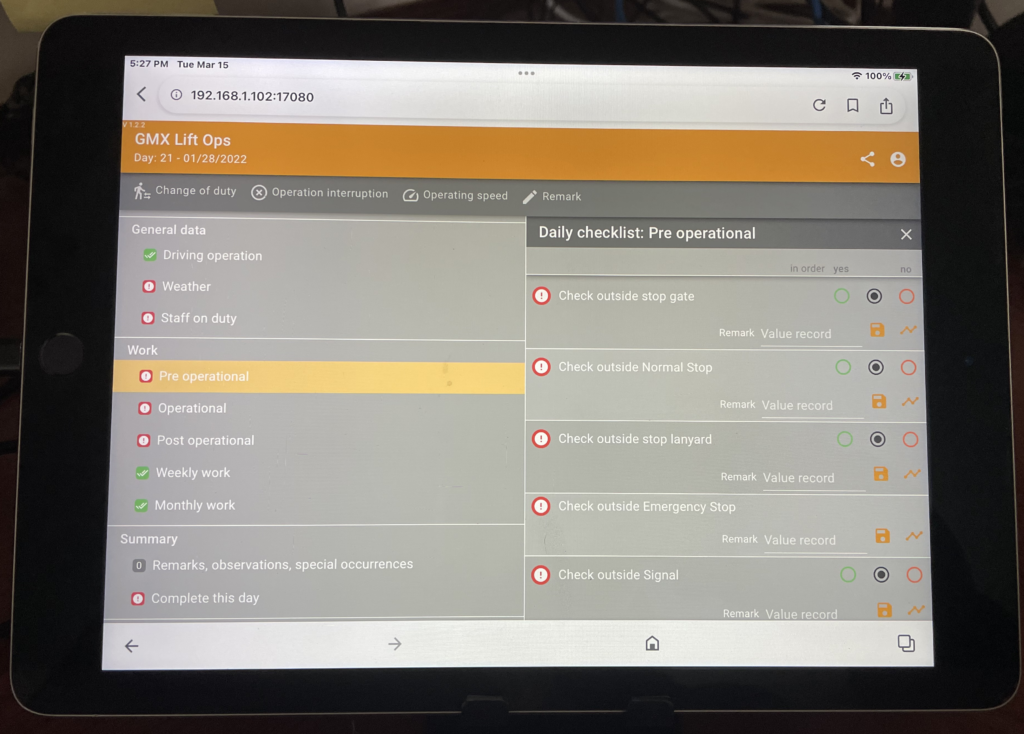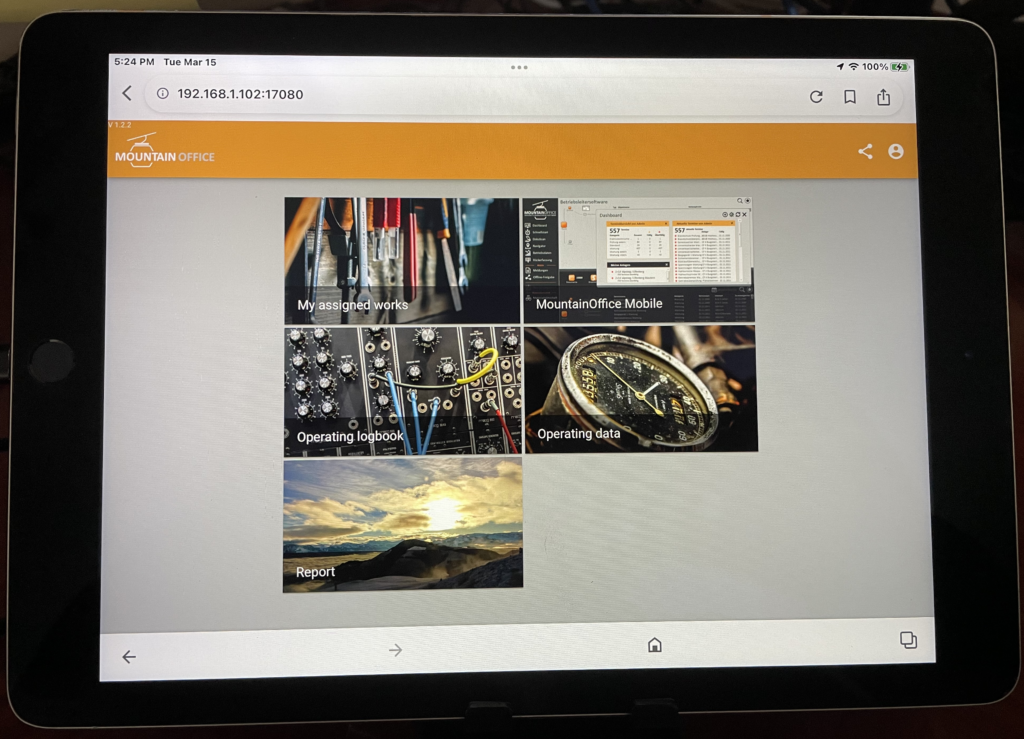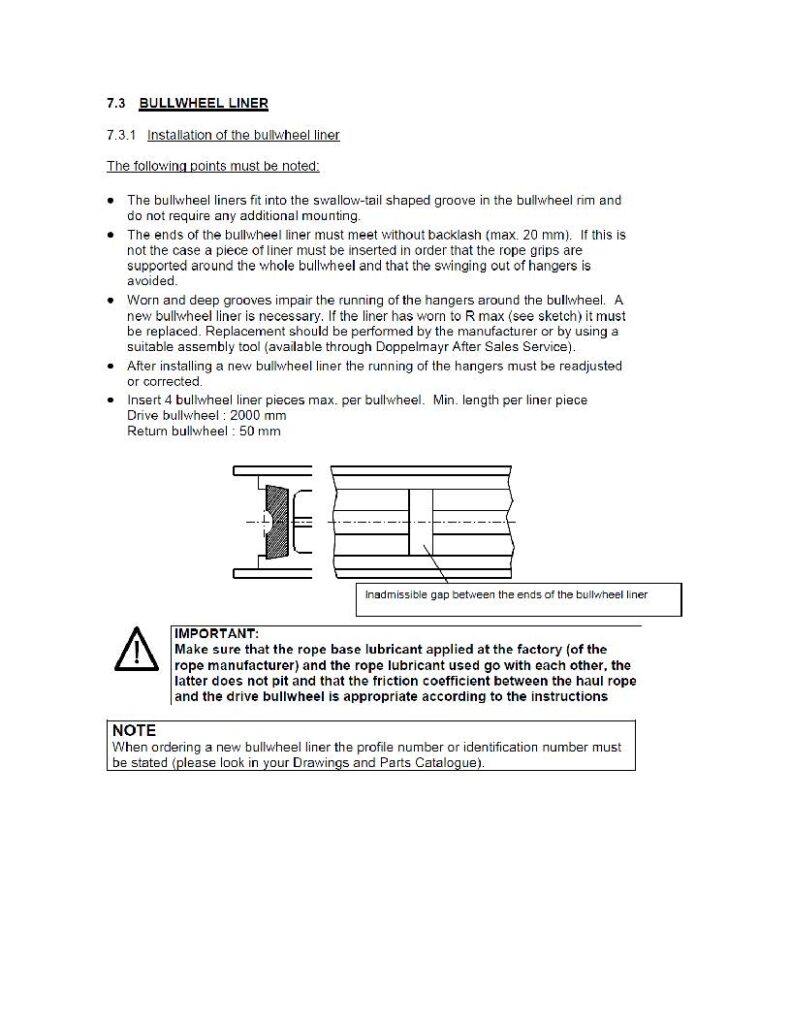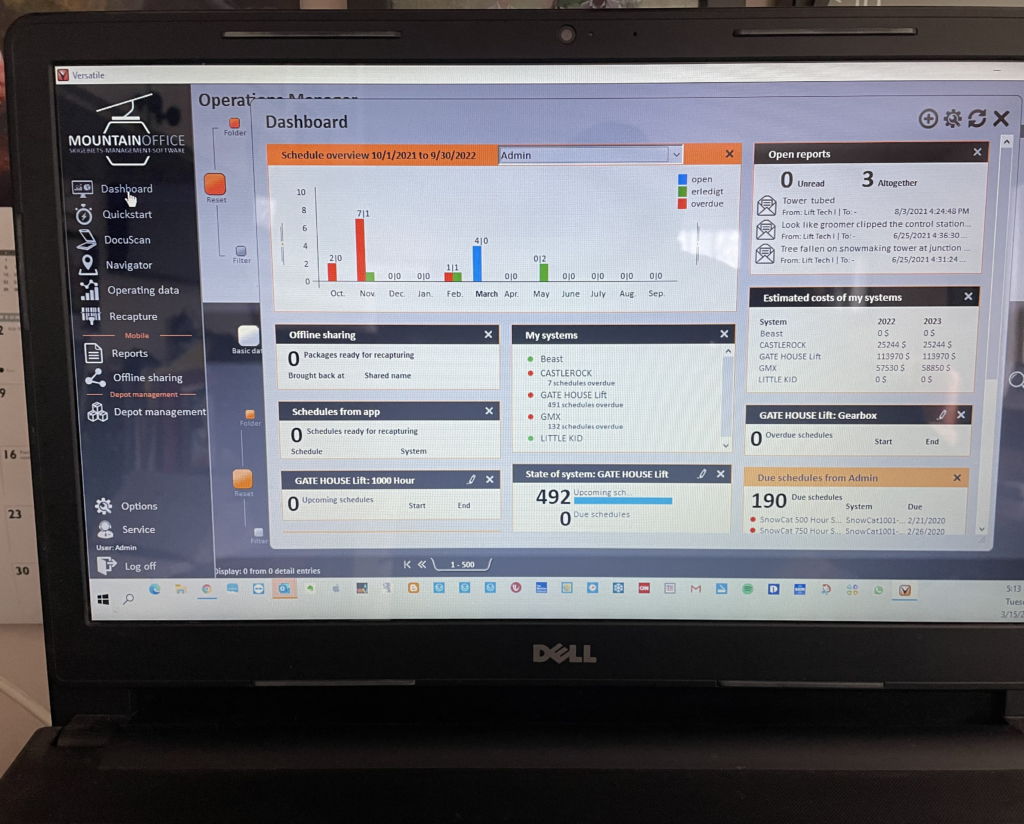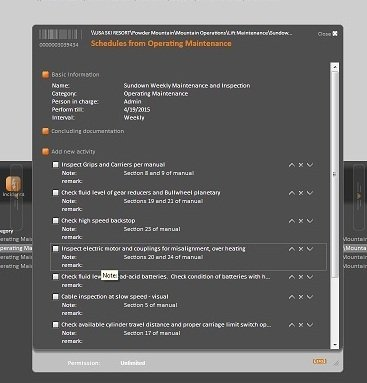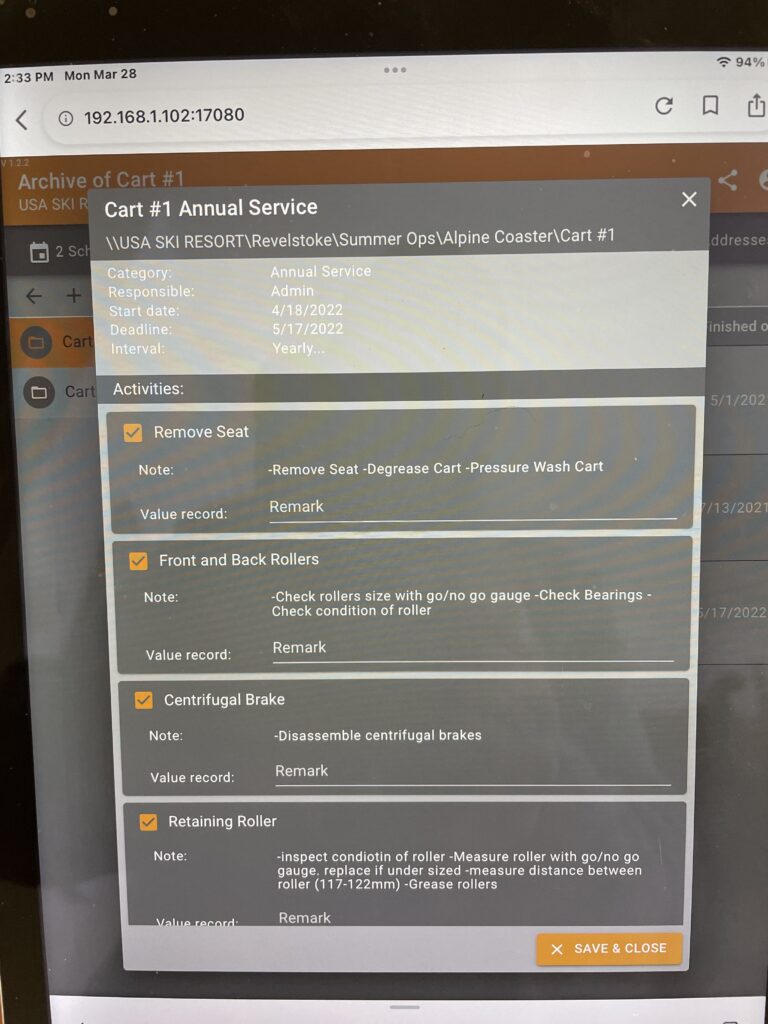
In my semi-retired position, I sit on many civic boards. The pay isn’t so great, but it is enriching. One of the biggest challenges I see quite frequently is the lack of buy into the strategy of the organization. I seem more conscious of it now, but as I think back to being involved in the management of a ski area this trait was quite common as well there.
I often write about repeating the vision or mission, which is essential so that people understand and are reminded the why of the ski area’s existence and the how and what the ski areas does. However, clarity of mission is not often communicated and the how of the mission is not defined nor discussed. Without that clarity it is hard to build the commitment and the accountability, which makes for productive work and great teams.
I’ll share with you a recent article from “strategy & business” by Elizabeth Doty written on this subject titled; How to help your employees own your strategy. It is an easy read and makes good sense. Some terms are more academic than what we’d use in the field, but I believe you’ll get the point.
If you think about the four points of focus shared in the article, how often have you employed these in your discussion with your staff?
Building two-way communications is not new in these newsletters. Feedback is one of my crucial points of coaching, but real two-way communications is more than just feedback; it is a conversation that has depth. Through such connections you build trust because you both will experience the challenge of conflict in that you will challenge one another on points of the discussion.
In this process, you as the leader, have to ask for commitment; this becomes the commitment moment. The staff person if seriously engaged in the two-way communication and feels that you were too, will make a sincere commitment when asked.
Think comprehensively about the team’s responsibility to the commitment. Staff should be able to share how they best can contribute to that shared commitment of the group.
Like most everything in business, this is a living process. Strategies can be dynamic; you need to able to anticipate and respond with new discussions that rework the commitment to the new strategy. Because it is living, keep it simple and flexible.
It all is common sense, but not thinking it through and staying on focus is the failure of most management. Reinforcing the how and what should be your management compass, stay true to heading, and you will find leading the team fun and worthwhile.
